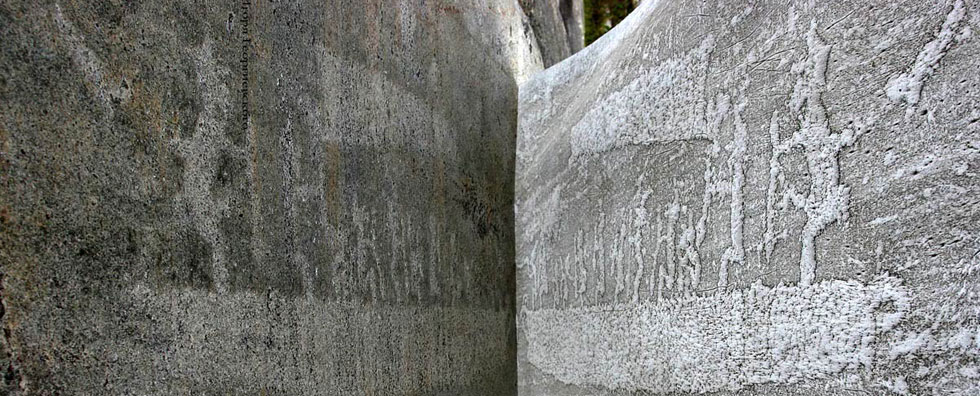
Issue №2, Vol. 22
Dmitriev A., Dolzhikov I., Kunitskaya O., Dyachenko V., Guryev A., Krivosheev A. Experimental studies of a wheeled crawler impact on forest soils // Resources and Technology. 2025. №2, Vol. 22. P. 17‒50.
DOI: 10.15393/j2.art.2025.8004
Experimental studies of a wheeled crawler impact on forest soils
| Dmitriev Aleksandr | St. Petersburg State University of Architecture and Civil Engineering, dmitriev.nauka@mail.ru |
| Dolzhikov Ilya | St. Petersburg State University of Architecture and Civil Engineering, idolzhikov222@mail.ru |
| Kunitskaya Olga | Arctic State Agrotechnological University, ola.ola07@mail.ru |
| Dyachenko Vladimir | St. Petersburg State University of Industrial Technology and Design, Volodya.Dyachenko1986@mail.ru |
| Guryev Aleksandr | Arctic State Agrotechnological University, furijager96@gmail.com |
| Krivosheev Andrey | Ukhta State Technical University, ugtukrivosheev@mail.ru |
|
Key words: logging; forestry machines; half-track running; forest soils; track formation |
Summary: Experimental studies were performed at the Department of Technology and Equipment of the Forest Complex of the Arctic State Agrotechnological University. The methodology of their implementation, in general, was formed within the framework of the scientific school «Innovative developments in the logging industry and forestry». The experiments were conducted on a laboratory stand with two types of stamps, which were laboratory models of the wheeled and tracked propulsion of a combined (wheeled-tracked) forest machine. The objectives of the experimental study were to verify: 1) the refined theoretical dependence of the soil strength when the probe is pressed on the deformation modulus proposed to determine the soil characteristics in the field conditions; 2) the function of the soil bearing capacity during the formation of a track with a depth of h = 0.2 m from the deformation modulus of the soil, for wheeled
and tracked propulsion, respectively; 3) the function of the average pressure acceptable by the criterion of the depth of the formed track gauge, from the deformation modulus for the wheeled and tracked propulsion, respectively. The experience of previous researchers shows that laboratory experiments, the plan of which was drawn up using the provisions of similarity theory, made it possible to verify the theoretical dependences of bearing capacity, track formation and permissible impact on the soil. At the same time, a reduction in the volume of field experiments and the error in determining experimental values have been obtained due to the use of more accurate laboratory equipment and techniques. The results of processing the experimental data measured on the stand show that in all experiments the empirical distributions of experimental quantities corresponded to the normal distribution law. |
Displays: 225; Downloads: 150;




